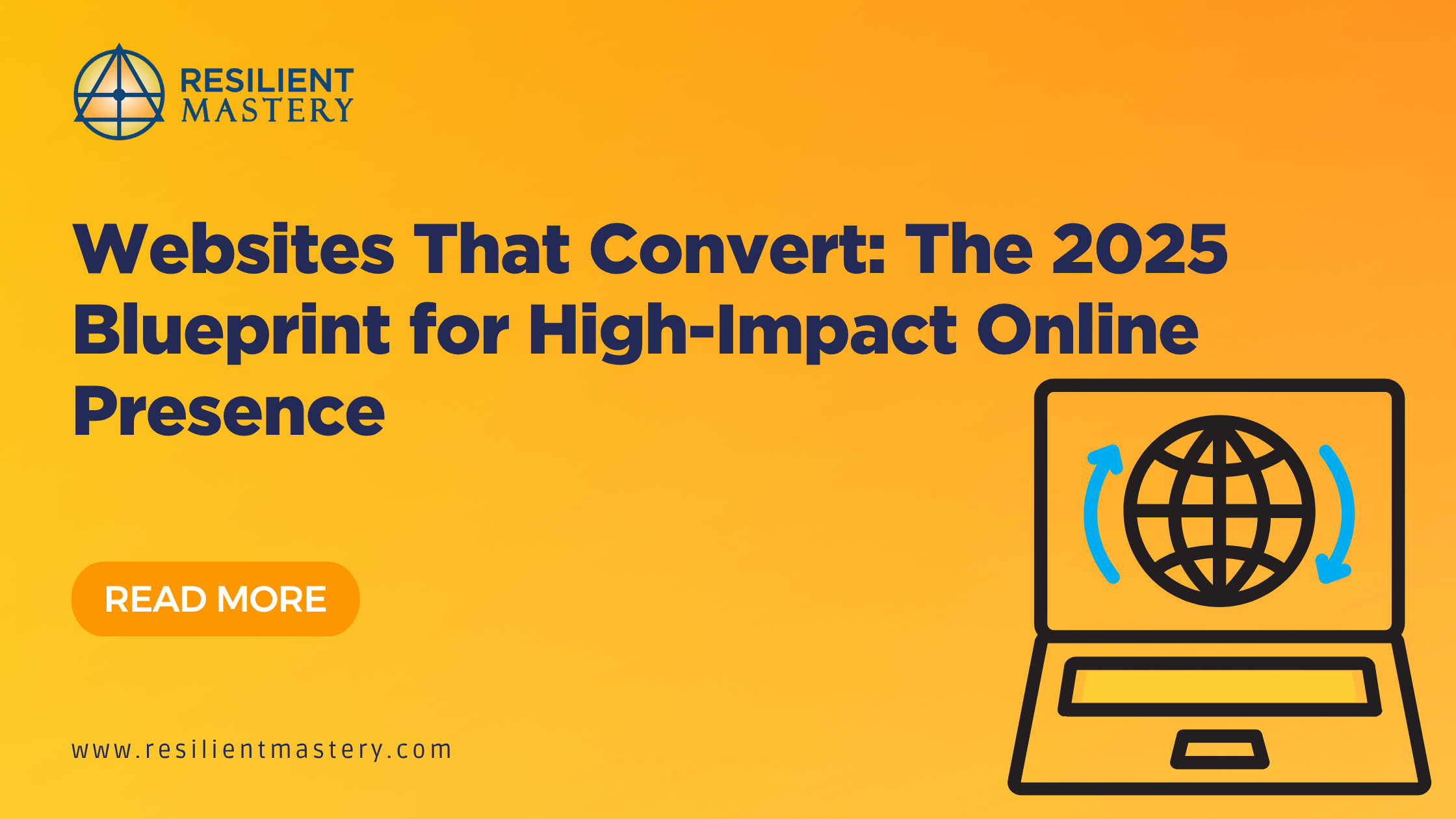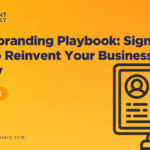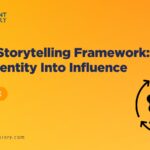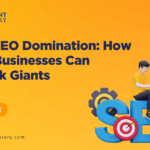Introduction: From Online Presence to Online Performance
Having a website is no longer enough. In 2025, businesses need websites that perform — not just in terms of aesthetics, but in measurable results like leads, sales, and customer loyalty.
The truth is simple: your website is your digital storefront. It’s often the first interaction a customer has with your brand, and within seconds, they decide whether to trust you.
This article provides a blueprint for creating websites that don’t just exist — they convert.
Why Conversions Matter More Than Clicks
Many businesses celebrate traffic numbers without asking: “What happens after the click?”
High traffic with low conversions means money is left on the table. A conversion-focused website ensures every visit has the potential to:
- Generate a lead
- Drive a purchase
- Book a consultation
- Build brand trust
📊 Stat: Conversion-focused websites deliver an average of 2–3x higher ROI than traffic-focused sites.
The Core Principles of High-Converting Websites for Online Presence
Trust and First Impressions
Users form an impression in 0.05 seconds. Professional design, clean navigation, and modern aesthetics are table stakes.
Simplicity and Clarity
Every page must answer:
- What does this business do?
- Why should I trust them?
- What should I do next?
Consistency
Design, tone, and branding should be aligned across the entire site — from homepage to blog posts.
The 2025 Blueprint: Elements of a Conversion-Optimized Website and Increase Online Presence
Mobile-First Design
With 65%+ of traffic coming from mobile, responsive design is no longer optional.
- Simplify navigation menus.
- Ensure CTAs are thumb-friendly.
- Optimize loading speed.
Visual Hierarchy
Strategic use of whitespace, bold typography, and CTA placement guides the user journey.
Speed and Performance
Slow load times kill conversions.
- Compress images.
- Use global CDNs.
- Minimize JavaScript bloat.
Personalization
AI-driven personalization tailors website experiences to individual users.
Example: E-commerce sites showing different product recommendations based on browsing history.
The Role of Storytelling in Conversion
Great websites don’t just inform — they connect emotionally.
- Hero Sections should communicate a brand’s story in 5–7 words.
- About Pages should share the “why,” not just the “what.”
- Case Studies & Testimonials create social proof.
Example: A consulting firm highlights client success stories with measurable ROI, boosting lead generation.
Integrating SEO into Website Design
SEO isn’t something you add later; it must be baked into the blueprint.
- Keyword-optimized landing pages.
- Schema markup for AI-friendly indexing.
- Interlinking between service pages and blogs.
- Fast-loading mobile UX (Google’s top ranking factor).
🔗 Web Design Mistakes to Avoid.
CRO (Conversion Rate Optimization): Turning Visits Into Value
High-Impact CTAs
- Visible above the fold.
- Action-driven copy (“Book Your Free Strategy Call”).
- Consistent styling across the site.
Lead Capture Systems
- Forms with fewer fields = higher completion.
- Chatbots for instant engagement.
- Exit-intent popups with value offers.
A/B Testing
Constant testing of headlines, CTA colors, and layouts is essential.
📊 Stat: Companies using CRO best practices see a 223% improvement in ROI compared to those that don’t.
Case Studies: Websites That Convert
SaaS: Simplifying the Journey
A SaaS company redesigned its homepage with a single, clear CTA: “Start Free Trial.” Conversions rose by 35% in two weeks.
E-Commerce: Personalization Wins
A fashion retailer integrated AI-powered product recommendations, increasing average cart size by 28%.
Local Service Business: Trust Signals
A roofing company added video testimonials and a BBB accreditation badge to its homepage. Leads doubled within three months.
Future Trends: Websites Beyond 2025
- AI-Generated Websites: Automated design adapting in real-time to user behavior.
- Voice Search Optimization: Preparing sites for “conversational” queries.
- AR/VR Experiences: Virtual try-ons and immersive demos becoming mainstream.
- Privacy-First Design: Transparent data practices as a trust-building necessity.
How Resilient Mastery Builds Websites That Convert
At Resilient Mastery, we don’t just design websites; we build online presence engines.
- BuzzQube Creative Team: Ensures brand identity is communicated visually.
- DashClicks Performance Marketing: Aligns SEO and paid ads with site structure.
- Team Air AI Integrations: Embeds chatbots, automation, and personalization into the user journey.
Together, these three pillars create websites that look beautiful, rank high, and convert consistently.
Conclusion: The Digital Storefront of the Future
A website is not a brochure — it’s a living, evolving business tool. In 2025, the businesses that thrive are the ones that treat their websites as conversion engines, not placeholders.
If your website doesn’t tell a clear story, inspire trust, and drive measurable results, it’s time to rebuild with intention.
Resilient Mastery specializes in creating websites that convert. From design to SEO to AI-powered personalization, our team builds sites that turn traffic into revenue.





